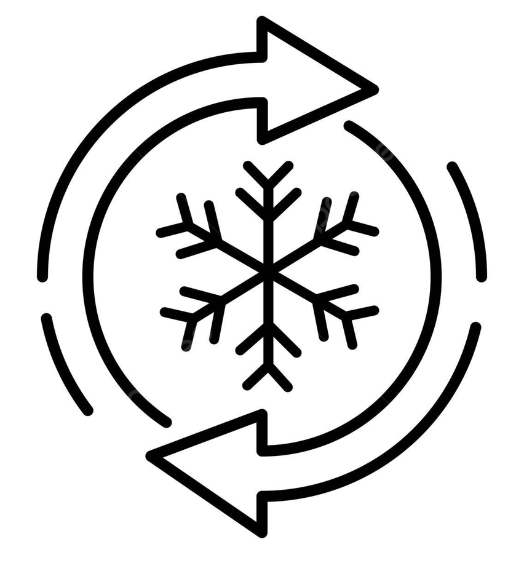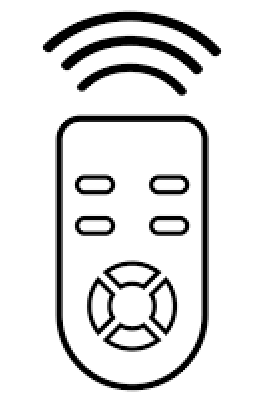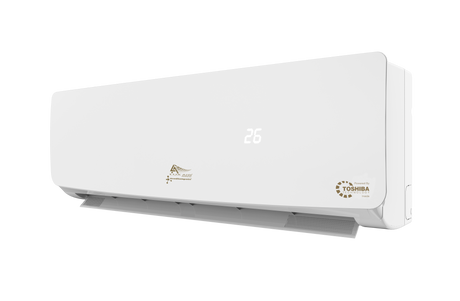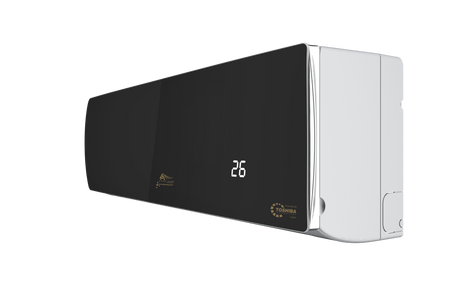The power output of a high wall split air conditioning system, measured in watts (W), indicates the electrical energy needed to operate the indoor air handler and outdoor compressor. Higher wattage usually correlates with increased cooling capacity, allowing the unit to cover larger spaces efficiently. However, power output reflects energy consumption, not direct cooling power, which is typically measured in BTUs or kilowatts (kW).
Power requirements for these units vary with room size and cooling needs; smaller rooms may need lower wattage, while larger spaces benefit from higher output to maintain effective airflow and consistent temperature. High wall split systems are often designed with energy-efficient inverter technology, which adjusts compressor speed to minimize energy use, especially when full power isn’t required.
Additionally, wattage reflects the capacity for extra features like adjustable fan speeds, programmable settings, and dehumidification. These functions add to the versatility and energy demand of the unit, making it adaptable to various climate and room conditions. Selecting the right power output ensures efficient operation, providing optimal cooling without excessive energy consumption.















